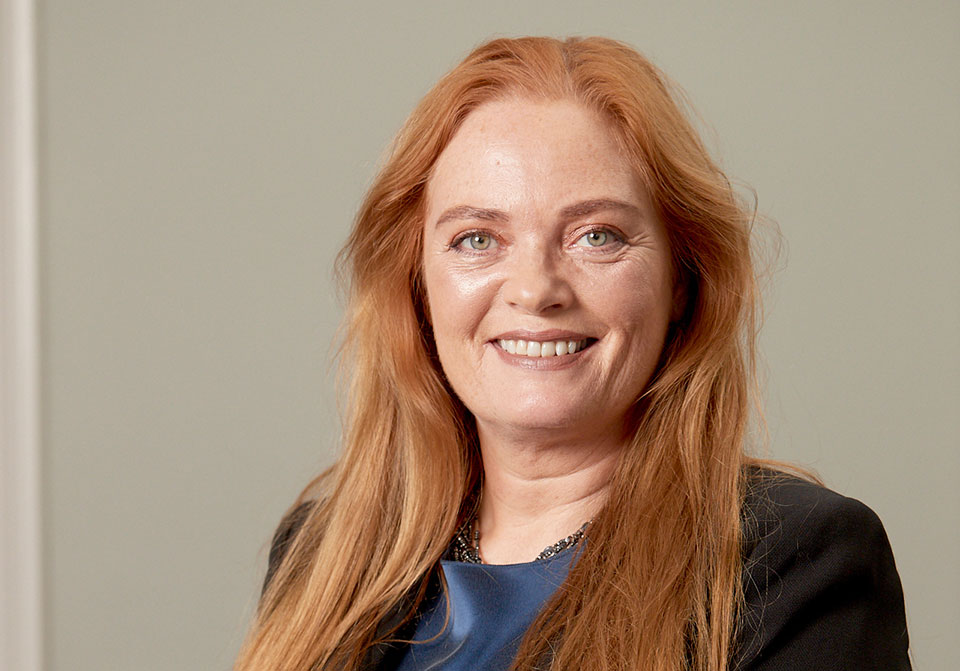When It Comes To Getting More Women In Leadership, Culture Eats Strategy For Breakfast

The focus on getting women in executive positions has increased significantly in the past several years, but despite efforts, such as mentoring and corporate quotas, there’s still a huge hill to climb. We’re still not seeing these strategies translate to significant appointments or promotions. Yes, women are gaining more seats at the executive table, but progress is slow.
In fact, only 21% of the C-suite in 2019 was represented by women, even though evidence shows that companies led by women often perform better and are more profitable. Furthermore, the World Economic Forum found that in the U.S., women represent 47% of the workforce. And they comprise 50.2% of the college-educated labor force, yet they hold only about a quarter of leadership roles.
Organizations must go beyond optics to create a culture that is rooted in a growth mindset and commitment to diversity and inclusion.
Change moves slowly
In 2019, the proportion of women in senior management roles globally grew to 29% – the highest number ever recorded, according to Catalyst Research – but that percentage remained steady in 2020. Still, 87% of global mid-market companies have at least one woman in a senior management role.
There are many programs available today that are focused on gender diversity. In fact, a report from WEF in 2010 examining more than 130 countries found that the majority of them offered things internally like mentoring, networking and women-specific programs. But these efforts aren’t necessarily translating into promotions and executive positions. Because that was 10 years ago, and look where we are today – significant change is still needed.
A cultural shift is needed
There’s a perception that certain leadership skills are inherently male – but part of the problem is that this is a self-perpetuating cycle. Men have been in leadership roles for most of human history, so people most often think of leaders as male. But if there were more women in leadership positions, that wouldn’t necessarily be the default assumption. There’s a need to change the long-held perception of leadership, but that can only be accomplished by actually changing the culture.
There is a need to change policies, as well. Maternity leave and childcare often reflect negatively on women in the workplace because child-rearing is still fundamentally seen as a woman’s job, even though both parents play a role. Taking time out to bear and raise children can affect men and women quite differently. A Danish study found that mothers experienced a “child penalty” of a 20% drop in earnings compared to fathers over the 23-year study period. The researchers noted that financially, “women and men evolve in parallel until the birth of their first child, diverge sharply immediately after child-birth, and do not converge again.”
Creating allies
But this discussion is not about fairness. Gender diversity is not just a fine-sounding ideal; it has been shown to be a benefit for companies in a number of ways. In fact, according to McKinsey, companies in the top quartile for gender diversity are 15% more likely to outperform their competition. This may be because women are likely to be more highly educated – they earn more bachelor’s, master’s and doctoral degrees in the U.S. than men.
This is why companies should pursue gender diversity. But given these kinds of statistics, it would seem that most organizations aren’t using the talent they have. Instead, they are only looking at a part of the total talent pool. There needs to be a larger conversation about how women can contribute and participate.
Too often, women are put in charge of programs aimed at attracting women – and men are not encouraged to help create the culture to support this. But such programs need allies in positions of power. So, part of such programs must include helping men not only understand that gender disparities are real but also how they can help women succeed.
We all know that culture eats strategy for breakfast. Organizations need to create a culture that is rooted in a growth mindset and a commitment to diversity and inclusion. For instance, in 2014, Microsoft was among just three percent of Fortune 500 companies to share their full workforce demographic data with the public. Microsoft has done a tremendous job in hiring and promoting women over the past five years.
Partnering for diversity and success
Research on gender diversity in the workplace suggests that progress is happening, but at a slow pace. More than a decade of programs and sound bites have not fulfilled their intended goal, so organizations must reconcile their stated aims with their culture. If all employees see is men in leadership, the historical assumption will prevail in attitudes that carry over to the hiring and promotion decisions.
This is the kind of assumption that holds companies back from their business goals. That’s why men need to work with women to create and administer programs that help women succeed. This is the kind of action that changes culture and, as statistics demonstrate, improves the bottom line.
Have you read?
Best Honeymoon Destinations in Bali
Best Islands to Visit in Greece, 2020.
Best Honeymoon Destinations in the United States, 2020.
Fascinating Places To Visit In Japan.
Bring the best of the CEOWORLD magazine's global journalism to audiences in the United States and around the world. - Add CEOWORLD magazine to your Google News feed.
Follow CEOWORLD magazine headlines on: Google News, LinkedIn, Twitter, and Facebook.
Copyright 2025 The CEOWORLD magazine. All rights reserved. This material (and any extract from it) must not be copied, redistributed or placed on any website, without CEOWORLD magazine' prior written consent. For media queries, please contact: info@ceoworld.biz








